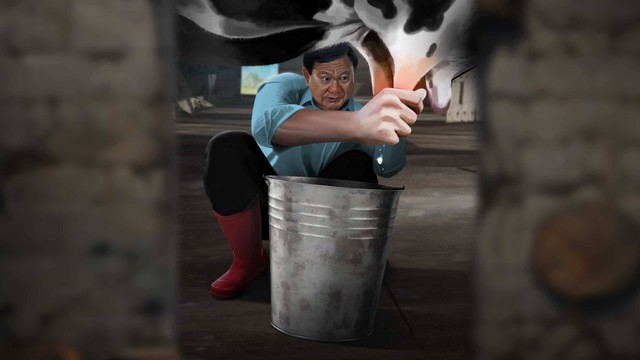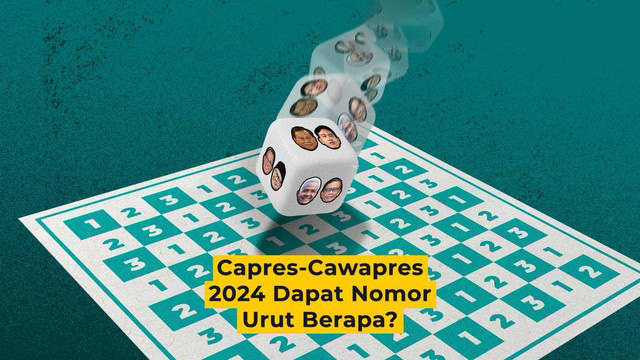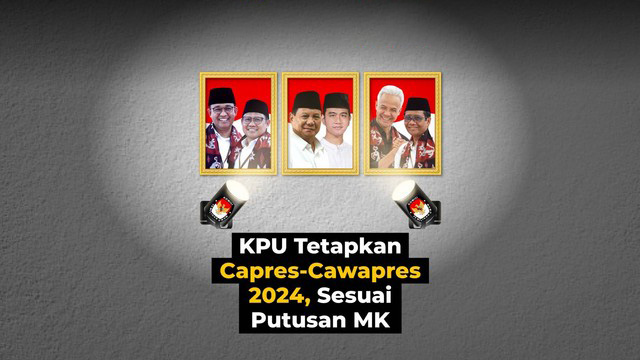The Evolution of Symbols in Games and Stories
1. Introduction: Understanding Symbols in Human Culture and Narrative
Symbols are fundamental tools in human communication, serving as visual or conceptual representations that convey complex ideas, beliefs, and values. In storytelling and games, symbols help create a shared cultural language, allowing audiences to quickly grasp themes, morals, and social norms. Their significance is rooted in our cognitive ability to associate specific images or motifs with broader concepts, thus enriching narratives with layers of meaning.
Historically, symbols have evolved from simple representations in ancient civilizations—such as hieroglyphs and cave paintings—to sophisticated icons used in modern digital media. This evolution reflects technological advancements and cultural exchanges, shaping how societies encode and transmit meaning across generations. For example, the ancient Egyptian ankh symbolized life, whereas today, the peace sign universally signifies harmony and non-violence.
By shaping perceptions and communicating complex ideas succinctly, symbols influence our understanding of the world, morality, and identity. They often serve as cultural touchstones, connecting past and present through enduring motifs that adapt over time.
Contents
- The Function of Symbols in Storytelling and Games
- Evolution of Symbols: From Natural Elements to Abstract Representations
- Case Study: The Symbol of the Fox in Stories and Games
- The Modern Reinterpretation of Classic Symbols: «Ms Robin Hood» as a Case Study
- The Impact of Environment and Ecology on Symbol Evolution
- The Non-Obvious Layers of Symbolism: Depth Beyond the Surface
- The Future of Symbols in Interactive Media and Storytelling
- Conclusion: The Continuous Journey of Symbols in Shaping Human Narratives
2. The Function of Symbols in Storytelling and Games
a. How symbols create shared understanding and cultural continuity
Symbols facilitate communication across generations and cultures by encapsulating shared meanings. For instance, the olive branch universally signifies peace, transcending linguistic barriers. In games, icons such as hearts for health or shields for protection become standardized symbols that players instantly comprehend, fostering seamless interaction and cultural continuity.
b. The use of symbols to evoke emotions and moral values
Symbols have a profound capacity to evoke emotional responses. A red rose often symbolizes love, while a skull can denote danger or death. In storytelling and games, these symbols serve to communicate moral themes without explicit narration. For example, in narrative-driven video games, certain motifs like broken chains can symbolize liberation, inspiring feelings of hope and resilience among players.
c. Examples of common symbols across different media and genres
- Cross: Religious symbolism representing sacrifice and faith in literature, film, and games.
- Labyrinth: Symbol of complex journeys or moral dilemmas, prevalent in mythology and modern storytelling.
- Colors: Red for passion or danger; blue for tranquility or loyalty—used across media to evoke specific feelings.
3. Evolution of Symbols: From Natural Elements to Abstract Representations
a. Early symbols derived from nature (e.g., trees, animals)
Ancient humans used natural elements as symbols to represent concepts. For example, trees symbolized life and growth in many cultures, while animals like lions and eagles signified strength and sovereignty. Cave paintings depicting bison or deer served as early storytelling devices, embedding cultural values within imagery directly drawn from the environment.
b. The shift toward stylized and abstract symbols in modern storytelling
As societies evolved, symbols became more stylized—moving from realistic depictions to simplified icons suitable for writing and visual media. The development of hieroglyphs and runes exemplifies this shift, enabling complex ideas to be condensed into manageable symbols. Today, minimalist icons in user interfaces or game design exemplify this trend, allowing rapid recognition and universal understanding.
c. The influence of technological advancements on symbol design and dissemination
Digital technology has exponentially increased the speed and reach of symbol dissemination. High-resolution graphics, virtual reality, and AI-generated symbols enable creators to craft highly abstract and personalized icons. For example, in virtual environments, symbols can dynamically adapt to user behavior, reflecting a society’s shifting values and technological progress.
4. Case Study: The Symbol of the Fox in Stories and Games
a. Biological and cultural significance of foxes
Biologically, foxes are known for their adaptability and cunning, with a typical 42 teeth structure that allows them to tear through prey and, metaphorically, through obstacles. Culturally, foxes have long been associated with cleverness and trickery. In many societies, they symbolize intelligence and resourcefulness—traits celebrated in folklore and literature.
b. Historical symbolism of foxes in folklore and literature
In Western fairy tales, the fox often appears as a cunning protagonist or antagonist, embodying wit and deception. In Asian cultures, particularly in Japanese folklore, foxes (kitsune) are revered as mystical beings with shape-shifting abilities, symbolizing both wisdom and trickery. These diverse representations underscore the versatile symbolism of foxes across cultures.
c. Contemporary representations of foxes in digital games and media
Modern media continues to explore fox symbolism. For instance, the concept of virtual fox hunting in the UK, post-ban, reflects societal debates around tradition, conservation, and morality. In video games, fox characters like Fox McCloud from Star Fox symbolize agility and cleverness, while in casual mobile games, fox avatars often represent playful charm and cunning strategies.
5. The Modern Reinterpretation of Classic Symbols: «Ms Robin Hood» as a Case Study
a. Overview of «Ms Robin Hood» and its thematic focus on justice and rebellion
«Ms Robin Hood» exemplifies how contemporary storytelling reinterprets traditional symbols to reflect evolving social values. This game reimagines the legendary hero, emphasizing themes of justice, rebellion, and social redistribution. Its narrative encourages players to question authority and consider moral complexities in a digital environment.
b. How the character reimagines traditional Robin Hood symbolism
Traditionally, Robin Hood symbolizes heroism, theft for justice, and wealth redistribution. In «Ms Robin Hood», these motifs are adapted: the protagonist embodies rebellion against corruption, with symbols like the bow and arrow representing defiance and precision. The game’s narrative uses these icons to communicate moral choices, prompting players to reflect on societal fairness.
c. The use of symbols within the game to communicate moral choices and social commentary
The game employs visual symbols—such as scales of justice and broken chains—to guide players through moral dilemmas. These symbols serve as intuitive cues, reinforcing the game’s themes of social justice and personal agency. This approach demonstrates how modern games utilize layered symbolism to deepen engagement and provoke thought.
6. The Impact of Environment and Ecology on Symbol Evolution
a. How natural elements like tree canopies filtering rainfall symbolize protection and filtering of information or influence
Natural symbols like tree canopies have historically represented shelter and protection. In storytelling, a canopy filtering rainfall can symbolize the selective absorption or dissemination of knowledge, akin to societal filters that determine which information reaches the public sphere. Such imagery underscores the connection between ecological features and cultural meanings.
b. The adaptation of ecological symbols in storytelling to reflect contemporary issues
Modern narratives increasingly incorporate ecological symbols to address contemporary concerns like climate change and conservation. For example, a withered tree may symbolize environmental degradation, while lush forests can represent hope and renewal. These symbols help frame ecological issues within accessible, visual metaphors that resonate with audiences.
c. The relevance of environmental symbols in game design and narrative depth
Game designers embed ecological symbols to enhance storytelling depth. A game might feature a decayed ecosystem as a backdrop, symbolizing societal neglect, or use flora and fauna to reflect the player’s moral choices. These symbols deepen immersion and foster awareness about ecological interdependence.
7. The Non-Obvious Layers of Symbolism: Depth Beyond the Surface
a. Hidden symbols and their interpretive significance in stories and games
Many narratives embed hidden symbols—subtle motifs or allegories that require attentive analysis. For example, recurring imagery of mirrors may symbolize self-reflection or duality. Recognizing these layers enriches understanding and appreciation of complex storytelling.
b. The role of cultural context in shaping symbol meanings
Symbols are often fluid, their meanings shaped by cultural backgrounds. A fox in Western folklore may symbolize cunning, while in East Asian traditions, it might embody mystical wisdom. This variability highlights the importance of cultural literacy in decoding symbolic messages.
c. How modern media introduces layered symbolism to engage more thoughtful audiences
Contemporary media increasingly employs multi-layered symbols—visual, textual, and interactive—to challenge audiences. This approach fosters critical engagement, encouraging viewers and players to interpret beyond surface narratives, thus cultivating a more reflective cultural dialogue.
8. The Future of Symbols in Interactive Media and Storytelling
a. Technological innovations influencing symbol creation and usage
Emerging technologies like virtual reality, augmented reality, and AI are revolutionizing how symbols are crafted and experienced. For instance, AI can generate dynamic symbols that change based on user behavior, enhancing personalization and immersion.
b. Potential shifts in symbolic meaning as society evolves
As societal values shift—toward inclusivity, sustainability, and technological integration—symbols will adapt accordingly. The traditional white dove might evolve from a universal peace symbol to encompass new meanings related to digital harmony or ecological balance.
c. The importance of understanding symbolic evolution for creators and consumers
For creators, mastering the evolution of symbols enables crafting more meaningful and resonant narratives. Consumers, in turn, benefit from a deeper comprehension of the layered messages embedded in media, fostering critical engagement and cultural literacy.
9. Conclusion: The Continuous Journey of Symbols in Shaping Human Narratives
“Symbols are the threads weaving the tapestry of human culture, constantly evolving yet always rooted in our shared history.”
From humble origins rooted in natural elements, symbols have grown into complex, layered representations that shape how we interpret stories, games, and societal values. The reinterpretation of timeless motifs, such as those seen in modern examples like Ms Robin Hood, demonstrates their enduring relevance and flexibility.
Understanding this evolution is vital for both creators and consumers. It empowers the design of richer narratives and fosters a more nuanced appreciation of the symbolic language that underpins human storytelling. As technology and society continue to change, so too will the symbols that help us navigate and make sense of our collective journey.


















